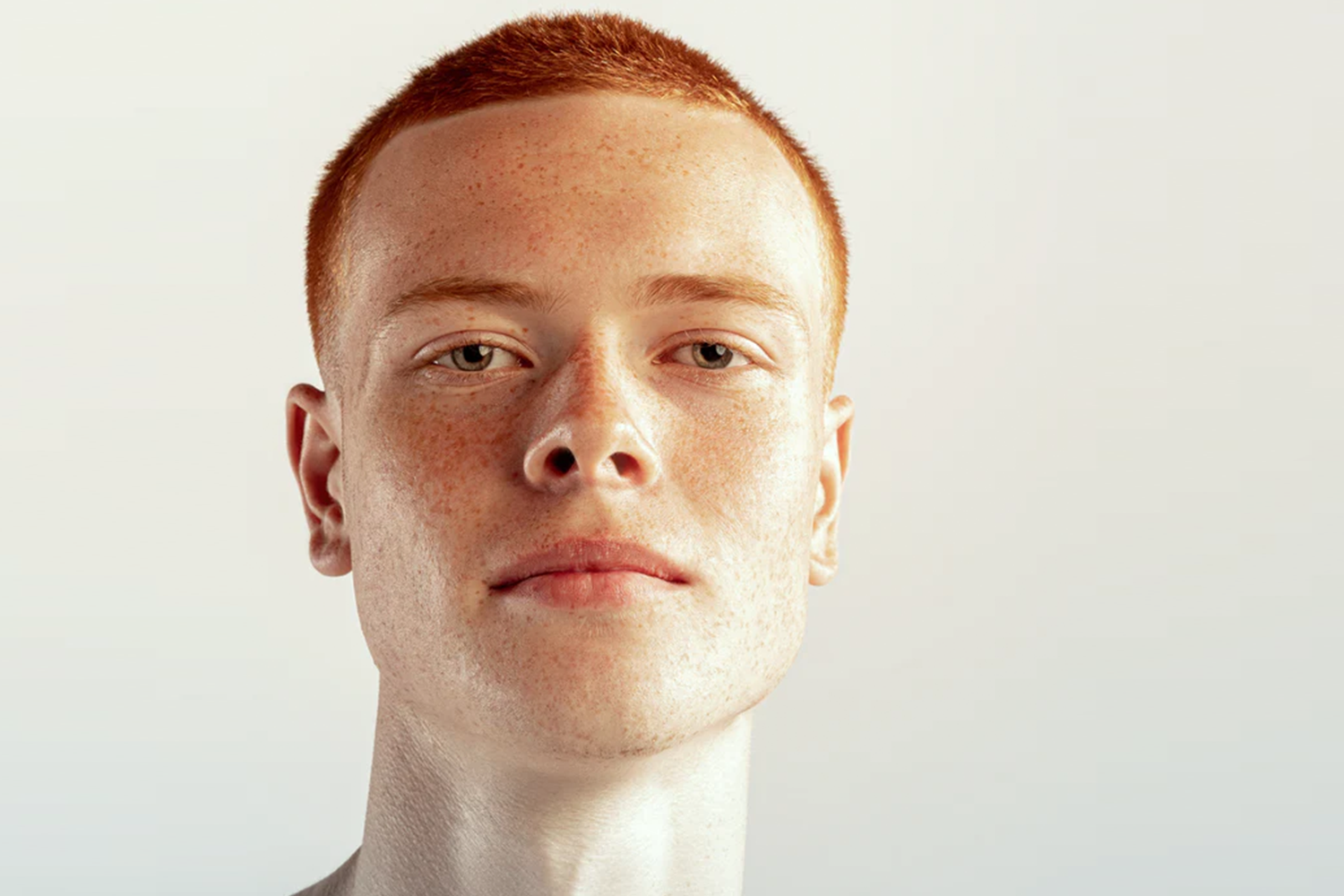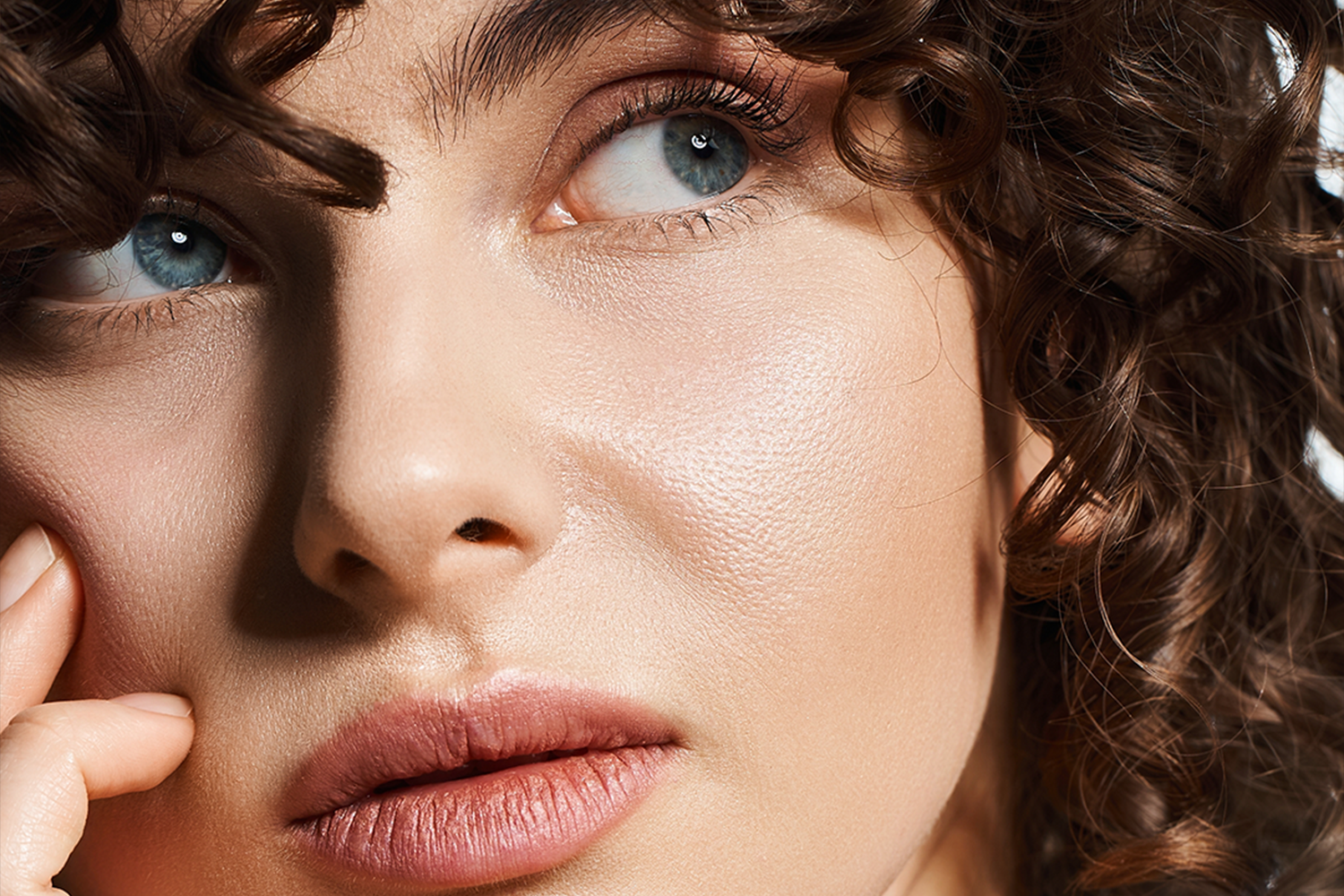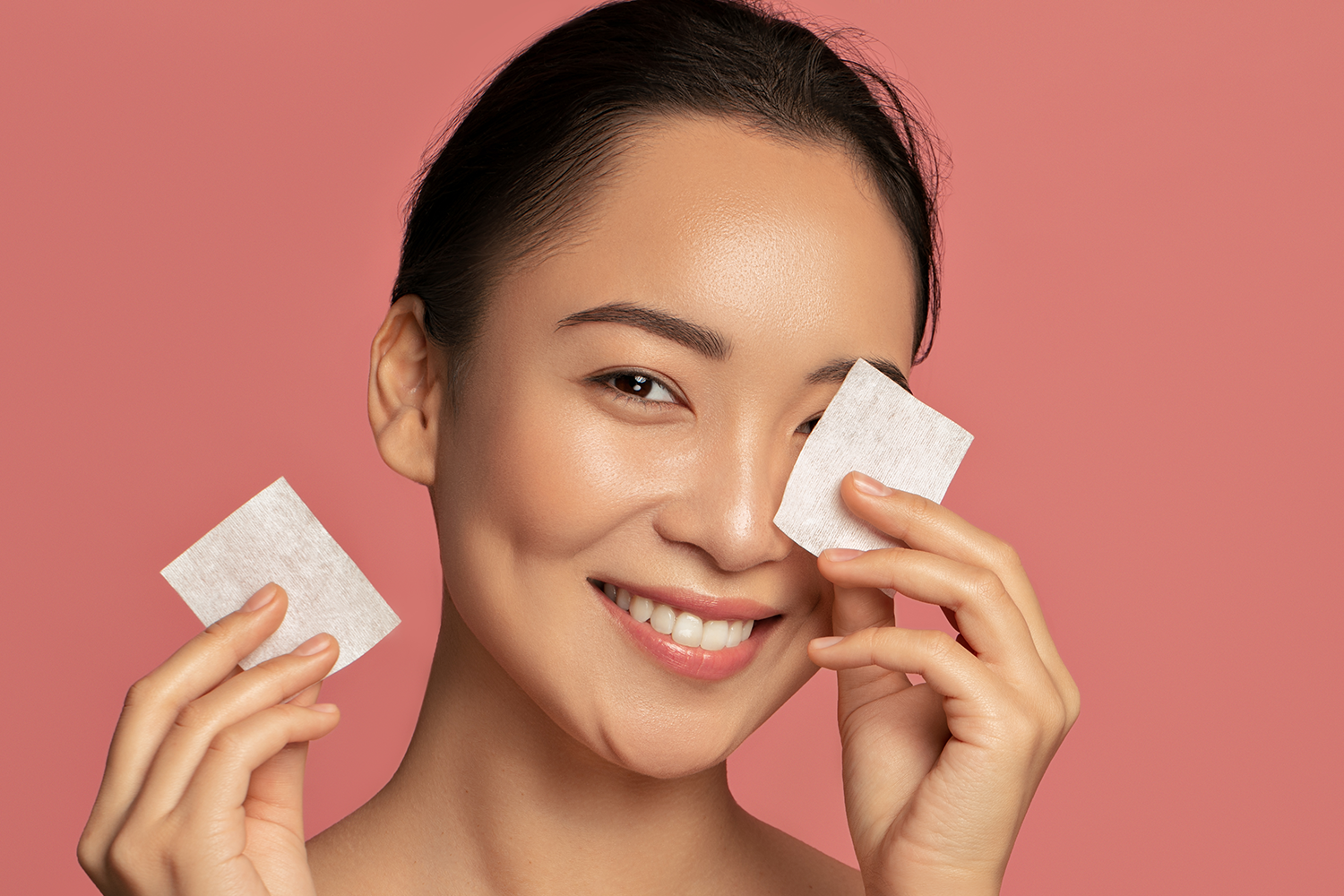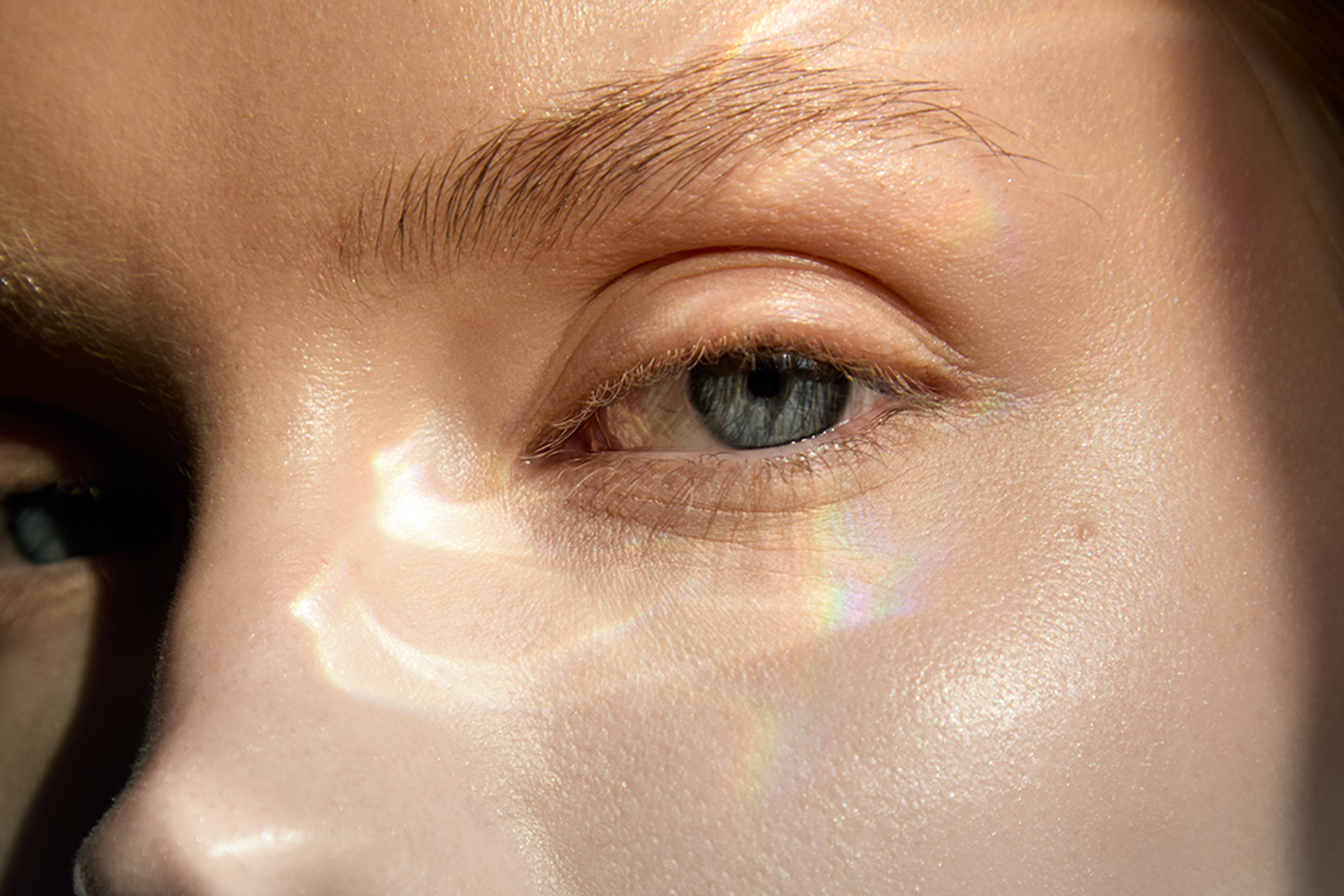Hair loss isn’t just about genetics or age—it’s a story your body is telling you about your health, habits, and environment. If you’ve noticed more hair on your pillow or a receding hairline in the mirror, you’re not alone. Male pattern baldness (MPB), is the most common cause of hair loss in men, affecting up to 50% by the age of 50.
But here’s the real question: Can you stop balding? And if not, how can you slow it down? Read on to learn more!
What is Balding?
Balding isn’t just about losing hair—it’s about how and why it happens. Some men notice a slow thinning at the crown, while others see their hairline retreat like a tide pulling away from shore. This gradual process is the defining feature of male pattern baldness.
Unlike temporary hair loss caused by stress or diet, MPB is a progressive condition linked to hormones and genetics. It doesn’t happen overnight, but once it starts, it tends to accelerate if left unchecked.
Why is it Called Male Pattern Baldness?
The key word here is "pattern." Unlike other forms of hair loss, MPB follows a predictable roadmap. It typically starts at the temples and crown, creating the familiar "M" shape or a bald spot at the top of the head. Over time, these areas can expand, eventually meeting in the middle and leaving a horseshoe-shaped ring of hair around the sides and back.
What Does Balding Look Like?
Balding doesn’t just mean waking up one day with a completely bare scalp. It’s a slow fade, often going unnoticed until a significant amount of hair is already lost.
Here’s what to look for:
- Receding hairline: The classic "M" shape that starts at the temples.
- Thinning crown: A small bald spot that gradually expands outward.
- Widening part: Hair looking less dense, especially under bright lighting.
- Slower regrowth: Hair taking longer to grow back after a cut.
- Increased shedding: More hairs on your pillow, in the shower, or on your brush.
If you recognize these signs, now is the time to take action.
Early Signs to Watch For
Catching hair loss early can be the difference between keeping what you have and struggling to regrow what’s already gone. Some key early indicators:
- Hairline starting to creep back at the temples.
- More scalp visibility when styling your hair.
- Hair feeling finer or weaker than before.
- A noticeable increase in daily shedding.
If you’re seeing these signs, it’s not too late to slow down or even stop further loss.
Why Does Male Pattern Baldness Happen?
Blame it on dihydrotestosterone (DHT), a hormone that shrinks hair follicles, making hair thinner and eventually preventing it from growing altogether. Dihydrotestosterone (DHT) is a potent androgen derived from testosterone. Elevated DHT levels can shrink hair follicles and shorten the hair growth cycle, leading to hair loss.
Moreover, according to the American Academy of Dermatology (AAD), genetic sensitivity to DHT is the primary cause of male pattern baldness symptoms.
This hormone, a byproduct of testosterone, binds to hair follicles and shrinks them over time. The result? Thinner, weaker hair that eventually stops growing.
Genetics play a major role. If your father or grandfather experienced MPB, your chances of developing it are significantly higher. Other factors—like stress, poor nutrition, and certain medications—can speed up the process, but they aren’t the root cause.
Can You Stop Balding?
The truth? There’s no magic cure for MPB. But that doesn’t mean you’re powerless.
Some treatments slow the process, while others stimulate regrowth. The key is starting early and using the right combination of solutions.
Options for Managing Hair Loss:
- DHT Blockers: Medications like finasteride work by reducing DHT levels.
- Growth Stimulants: Minoxidil (Rogaine) increases blood flow to follicles.
- Exosome Therapy: A cutting-edge treatment that harnesses the power of exosomes. These tiny cellular messengers that repair and regenerate hair follicles at a biological level.
- Lifestyle Changes: A healthy diet and stress management can help slow the progression.
Exosome Therapy: A Breakthrough in Hair Regeneration
One of the most exciting advances in hair loss science? Exosomes!
Unlike traditional treatments, exosomes work at the cellular level, sending signals to dormant follicles and reactivating hair growth. These tiny messengers tell your hair follicles how to repair themselves, without harsh chemicals or side effects.
If you’re serious about keeping your hair for the long haul, exosome-powered treatments are the future. Unlike minoxidil or finasteride, which require continuous use, exosomes stimulate long-term follicle health, making them a game-changer in the fight against MPB.
Exosomes vs. Minoxidil
For decades, Minoxidil has been the go-to solution for male pattern baldness. It works by increasing blood flow to the scalp and stimulating hair follicles to extend their growth phase. Minoxidil is an FDA-approved treatment that enhances blood flow to hair follicles, promoting hair regrowth. Clinical studies have demonstrated that 5% topical minoxidil significantly increases hair density compared to 2% solutions and placebo."
However, while Minoxidil can slow hair loss and even regrow some hair, its effects are limited. It only works while you’re using it, and stopping the treatment often leads to re-shedding.
Exosomes, on the other hand, work at a cellular level, delivering regenerative signals that instruct dormant follicles to repair and regrow hair naturally. Unlike Minoxidil, which provides temporary stimulation, exosomes fundamentally improve follicle health, leading to thicker, stronger, and more resilient hair over time. In essence, Minoxidil acts as a short-term crutch, while exosomes offer long-term follicular regeneration.
Exosome therapy is an emerging treatment in hair regeneration, utilizing extracellular vesicles to potentially stimulate hair follicle activity. While research is ongoing, early studies suggest it may offer benefits for those experiencing hair thinning.
Hair Transplantation and MPB
Hair transplantation, has long been seen as the definitive solution for MPB. It involves relocating healthy hair follicles from the back of the head to balding areas, providing permanent coverage. While effective, the procedure is invasive and can be costly. Moreover, transplanted hair still needs proper care to maintain long-term health.
This is where exosome therapy can enhance and prolong transplant success. By strengthening both existing and transplanted follicles, exosome-based treatments can improve graft survival rates, accelerate healing post-surgery, and reduce inflammation, leading to better overall results.
For those hesitant about undergoing surgery, exosome therapy can be a powerful, non-invasive alternative to slow down MPB and even reverse hair thinning naturally.
Take Action Now!
Male pattern baldness doesn’t happen overnight, but the sooner you act, the more hair you can save. Whether you’re in the early stages of thinning or further along the MPB journey, there’s hope. By combining science-backed treatments with exosome technology, you can stop the cycle of hair loss and regain control.
Some scalp serums incorporate advanced technologies aiming to support hair health. It's essential to consult with a healthcare professional to determine the most appropriate treatment for your specific condition.
If you’re concerned about how to prevent hair loss in men, early intervention is key. Speak to a dermatologist or trichologist to explore treatment options suited for your hair type and stage of male pattern baldness symptoms.
Learn More About Morphiya’s Growth Revive Scalp Serum for Hair Health
While some individuals explore scalp serums as part of their routine, scientific consensus on their efficacy is still developing. Exosome-based approaches, like those found in Morphiya’s Growth Revive Scalp Serum, aim to support follicle regeneration. If you’re looking for a next-gen solution to thinning hair, Morphiya’s Growth Revive Scalp Serum harnesses exosome technology to target hair loss at its source.
Here’s why it stands out:
- Restores follicle health with exosome-driven cellular repair.
- Supports regrowth by sending direct signals to inactive follicles.
- Provides scalp hydration to prevent irritation and dryness.
- Pairs with other hair loss treatments for enhanced results.
Unlike traditional serums that just coat the hair, exosomes work from within, regenerating your follicles for lasting improvements. If you are interested, you can learn more about the science of exosomes by clicking here.





